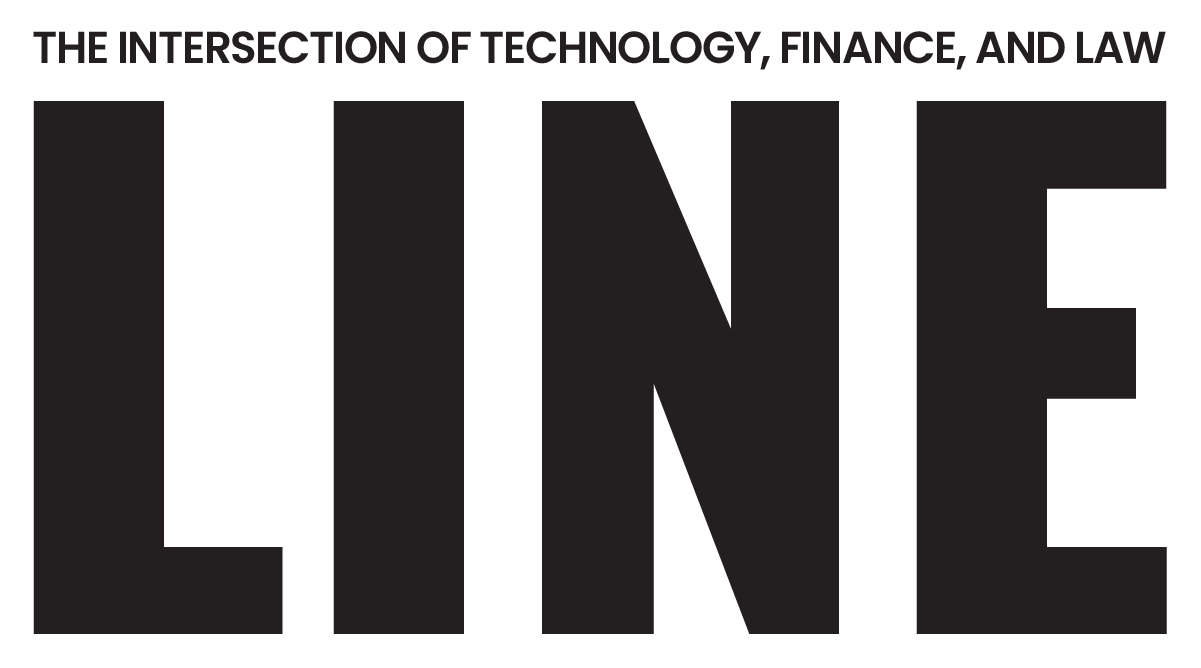It wouldn’t be inapt to describe the intellectual property sector in the 1990s and 2000s as akin to the Wild West. The dot-com boom (and bust) shined the limelight on this previously dusty area of legal practice, while the USPTO more than doubled the total number of new patents granted between 1990 and 2010. A land rush mentality took hold, with everyone and their uncle looking to stake a claim.
This, of course, led to a lot of litigation, some of it spurious, and judgments increasingly crept north of $1 billion. The parties to those record-setting cases, largely tech and pharma giants, had a heavy thumb on the scale with the enactment of the America Invents Act in 2011, the most sweeping reform of the patent system in 60 years. But as with any new sheriff, the law brought different challenges, including additional cost, delayed proceedings, and more leverage for large entities.
On the other hand, case quality has noticeably improved. Opportunists have been weeded out and the aptitude of patent practice has risen, says Russ Genet, a Director at litigation funder Longford Capital.
“The lawyers handling these matters have definitely become more sophisticated over the past 20 years,” Genet says. “Top lawyers from the biggest firms have started their own boutique IP litigation shops. They have a lot of trial experience, and a lot of experience in evaluating patents. These lawyers end up bringing much better cases.”
A More Settled Landscape
Genet was once one of those litigators himself, and is now responsible for sourcing, underwriting, and monitoring IP investments at Longford. His varied background includes litigation up to and before the Court of Appeals for the Federal Circuit, patent prosecution, and representation of clients in USPTO proceedings.
The increased sophistication across the IP sector is not limited to law firms, Genet says. In-house counsel play an increasingly active role in their companies’ IP strategies and actively recruit top patent talent from law firms to help them do so.
“I’ve definitely seen more lawyers with significant patent litigation or trial experience move in house,” Genet says. “In years past they were kind of homegrown, but now they’re more seasoned and understand the issues much better.”
As much as the PTAB has taken criticism for increasing litigation cost and duration, Genet believes it has succeeded in cleaning up the town when it comes to bad actors and invalid patents.
“The PTAB gets a lot of bad knocks and it is far from a perfect operation, but ultimately, it’s to nobody’s benefit to assert or to license a bad patent,” he says. “They’ve invalidated roughly 10% of the patents that have been presented to them since 2012. Assuming they got it right, there is some value in that. We’re weeding out the bad patents out there — and there are some out there.”
That statistic is accurate. According to the USPTO’s FY22 Roundup, the PTAB fully invalidated 890 of the 8,578 patents challenged in AIA proceedings between 2012 and 2022. An additional 2,749 patents were partially invalidated. And it’s not just PTAB’s direct impact. Genet says patent quality has improved because patent owners and funders have increasingly placed a premium on asset evaluation and verifying validity. That more thoughtful approach to acquisition, licensing, and litigation owes largely to the near certainty of a time-consuming and costly IPR proceeding.
“The PTAB has helped to eliminate some invalid patents,” he says. “They’ve also had the collateral effect of essentially saying, Listen, guys, if you’re going to try to license or sell patents, you better make sure that they’re of high quality. So, patents that are being purchased, that are being litigated, are now facing much deeper analysis.”
“The lawyers handling these matters have definitely become more sophisticated over the past 20 years.”
Director
Longford Capital

Gem Hunting
Another collateral effect has been a decline in the value of large patent portfolios and a growing focus on the individual diamonds in the rough. In other words, the days of buying the whole ranch have given way to selectively picking the right horse.
“We cherry-pick,” Genet says. “We want to purchase and assert only the patents that have the most value. I don’t care if a portfolio has 100 patents, I want the handful that are really valuable. We have become more focused on really getting into the weeds to find the best patents, the gems.”
That kind of evaluation requires an experienced eye, something that more recent entrants to the patent transactional and litigation space may not have. As the space matures and grows, more players have entered the arena, bringing with them more money, and often, lofty expectations. If success breeds success, it also attracts attention — and with that visibility come speculators.
Genet notes that while the hedge funds and other investors are clearly intrigued by the value in the space, they may not yet appreciate the nuances inherent in seeing a patent case all the way through, the level of sophistication required to properly evaluate patents, and just how long the entire process can take.
“Duration risk is one concern,” he says. “You must be able to survive things like claim construction rulings and summary judgments. You might have to go to the Federal Circuit on appeal. There are many risks that could take four or five years to sort themselves out. You need to have intestinal fortitude to withstand all that. It’s not a quick buck.”
The days of buying the whole ranch have given way to selectively picking the right horse.
Toward Fairness and Efficiency
Still, Genet says the overall trend of taming the patent frontier has led to better lawyers, better patents, and better processes. His hope is that all this leads to more efficient licensing, and even more efficient litigation. Higher-quality patents and more-sophisticated players should result in faster, more-equitable, and more-predictable outcomes — better value at every step for inventors, investors, owners, and licensees.
That doesn’t mean the process will ever be frictionless, nor should it be. But it can be less fraught. An increased understanding of fundamental value propositions has the potential to turn a long, winding, and perilous path toward a long-shot windfall into a shorter, safer paved road leading to a square deal.
“So, how do we get from point A to point B?” Genet rhetorically asks. “We start with the evaluation stage. Before we license a patent and recognize any value, someone has to perform a thorough analysis. Then we work with sophisticated law firms and others who can agree on what that value means and arrive at a license that pays fair value for valid patents.”
As someone in a prime place to assess patents, Genet is enthusiastic about the maturing of the space, and optimistic about what that can mean for all parties, including Longford.
“If the process continues to work, if we continue to see a higher and higher quality of patents when someone brings us a case, we can move on it,” he says. “We want to fund good cases immediately.”








